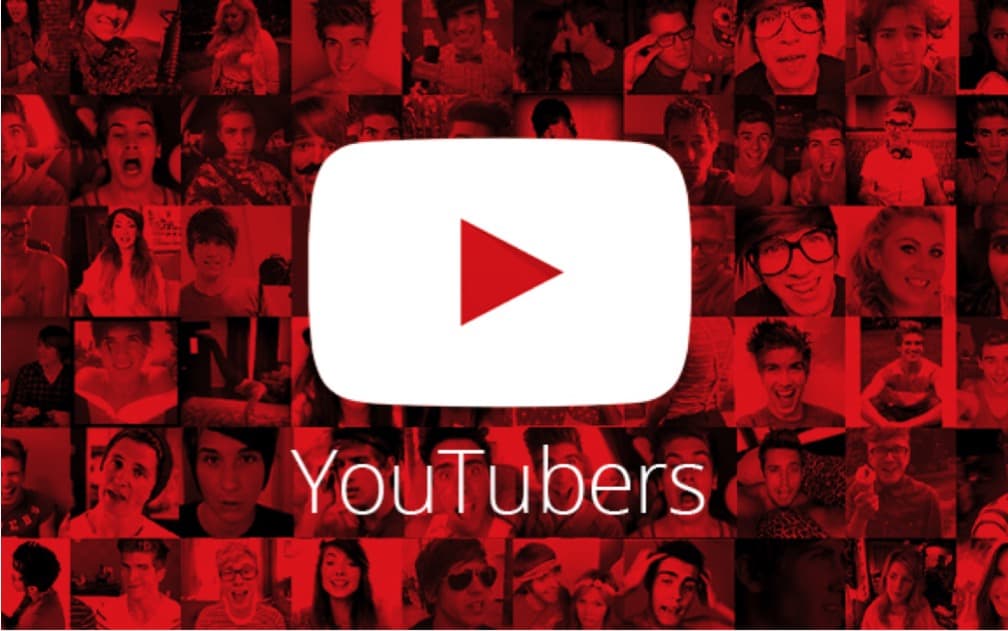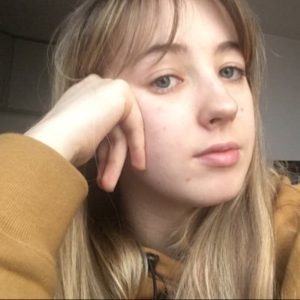So, You Want to be a YouTuber?
There's no time like the present
- Last Updated Jul 30, 2020

The way I feel about watching vlogs on YouTube is the same way I feel about watching shows like Love Island and Keeping Up with the Kardashians: I shouldn’t enjoy them, but I do. They’re my guilty pleasure!
Despite what a lot of people will have you believe, vlogs are incredibly entertaining. And refusing to hop on board is as short sighted as refusing to download Tinder because it’s just sooo much more sophisticated to meet someone in person. Don’t just take it from me, either. Given that the top 50 YouTubers alone have a collective 1.2 billion subscribers and 409 billion views, and six in ten people prefer online video platforms to television, YouTube is clearly the way forward.
The YouTube market is consistently growing and evolving, and while it might seem like the initial window for YouTube success has been missed, there’s still a chance to make it onto the small screen.
Grace O’Reilly, a UK based agent representing some of the top UK entertainment YouTubers such as Bambino Becky, I’m Just Bait and Niko Omilana, believes there’s no time like now to get onto the platform. While a study by Currys PC World found that 2011 – 2013 was the sweet spot for hopping on the YouTube fame train, Grace believes that this is “only the beginning”.
These days, YouTube is looking more and more like a viable career choice, with top earners making between $28 thousand and $1.3 million per video, and it’s a wonder how content creators are managing to make it so big. According to Grace, there is no straightforward strategy to growing a YouTube channel, but there are a few “checkpoints” aspiring creators should tick off to set them on the right track. For example, things like great titles, thumbnails, and search engine optimization (SEO) – including utilising keywords and tags – are vital for getting your videos noticed and even promoted by YouTube.
One sneaky thing Grace has noticed among some of her creators is that when creating a video that involves a sum of money, UK-based creators might use a dollar sign rather than the pound sign in their titles and thumbnails. This is a great hack for tapping into, well, untapped markets such as the US audience.
Doctor Aishah Iqbal, a health focussed YouTuber with just under 300 subscribers, has noticed the benefits of boosting SEO on her videos, which she said is evident in her statistics. Newer creators, Matt and Jules, who are recently starting out, have already started prioritising SEO too. “Engagement is important to us,” Matt told PC Guide in an email, adding, “Our thumbnails are designed to be super appealing/enticing. And of course, we’ll always ask our viewers to like and subscribe!”.
Engagement is a huge factor in getting your video noticed by YouTube’s algorithm, which is often a surefire way to elevate your channel’s growth.
Emma McGuigan, an LGBTQ+ YouTuber focussing on all things pop culture, saw her subscriber count jump from 150 to 5000 after one of her videos was picked up by the YouTube Algorithm in February. Now, Emma is at 12.5k subscribers and counting.
Utilizing other social platforms, Grace tells me, is hugely important in boosting engagement in the first few hours from uploading, and is something top creators make sure to keep on top of. Malvika Sheth, (AKA StyleByMalvika), a fashion YouTuber with almost 2000 subscribers, who has upwards of 70k followers on Instagram, finds that social media is the best tool for driving traffic to her videos.
“I’m not super big on YouTube but one piece of advice I can give is having a presence on multiple platforms really helps,” she tells me.
“If people are interested in you [or] know you from somewhere else, but want to see what your real life, and the people in your life, are like, they often go to YouTube.”
Doctor Aishah echoes this, adding that tailoring her content to [her] specific audience was a “game-changer” in increasing engagement on her channel. Small things like asking your audience to like, comment, and subscribe are also great for increasing engagement.
Another great way to get noticed on YouTube is to collaborate where you can. Grace believes that collaboration is key, and getting feedback on your content from people you hope to follow in the footsteps of is massively important. When it comes to collaborating, Grace tells me, it’s important to make sure your content and vision align with whoever you’re reaching out to. Don’t just collaborate with any creator with over 100k followers, make sure their viewers are the type who’ll gravitate towards your content.
“Growth strategy is really easy when you get the right collaboration,” Grace said, adding, “some people collab and … there’s no correlation, there’s no … increase in subscriber count or brand awareness for that creator.
“But, when you get the collaboration right, [you can gain credibility in your space],” like one of her creators, Bambino Becky, who reaped the benefits of filming with London-based creator, KSI.
When I asked her if there was a general rulebook for reaching out to other creators to collaborate, Grace told me that either having something to offer, or building up a relationship is key – preferably both. “Creators get DMs all the time,” she tells me, and the best way to broach a relationship with someone is to do it organically. “Ask them to check out your content first, see if there’s any feedback, and then grow a conversation organically in that way.” This way, she says, is a nicer way to grow a relationship with somebody you admire, or someone with a substantial following than “demanding that they collaborate with you”.
She also thinks it’s important to “bring something to the table” when reaching out to potential collaborators. “Pitch them – rather than say I want to work with you, have an idea down”. This shows not only that you are serious and committed to the collaboration and the platform, but that you have thought about what it is about their content that suits you and your channel.
Grace also stresses how important it is to get feedback, especially from the people you look up to. “Taking [that feedback] on board, and implement[ing] it where you can,” will prove invaluable for growing your channel and solidifying yourself on the platform.
It seems that a lot of creators see feedback from their audience as paramount in generating content ideas. Doctor Aisha believes that, “ultimately, videos should be of use to [my audience],” so one of the best pieces of advice she’s followed is to ask her viewers what they want.
Finally – and we’ve saved the most important point until last here, so I hope you’re still reading – consistency, as they say, is key.
“The only thing that’s the most important thing is the consistency and the commitment is to your channel,” said Grace.
Emma says she tries to upload weekly, although it’s difficult. “I know [that] three uploads a week will get you there, it’s just not something I have capacity to do,” she tells me in an email. A lot of the YouTubers I watch do tend to have a regular, or at least consistent upload schedule. But, while Grace champions consistency, she feels wholeheartedly that consistent quality is much more vital than consistent uploads.
One of her clients, Niko Omilana, who makes comedy videos, vlogs and parody videos, doesn’t always stick to a strict schedule, instead treating his contents as projects. This means that he only uploads when his videos are to the standard he wants them to be.
This is important because YouTube values high-quality content. “[YouTube is] competing in a space [with] Facebook Watch, Netflix and Amazon Prime Video…YouTube [wants to be] the number one destination for video content on the internet,” Grace said.
She added: “[Youtube wants creators] to make more compelling content and for people to be more invested in the platform,” the higher the quality of your video, the higher the chance of it being picked up by YouTube’s algorithm.
Not only this, but once creators have got their videos to a standard that they are happy with, and that viewers are happy with, they need to ensure to keep their quality at that standard. If the quality drops, viewers are going to be disappointed and angry.
So, while the average length of the most successful videos on YouTube are around 12 minutes long, it’s important to remember that it’s what’s inside that counts.
One piece of wisdom Grace feels is the most significant, and one that any creator would give to an aspiring YouTuber, is to just keep going: “Everyone’s had a video that’s really failed….everyone has worked on a project that they’d had faith and belief was going to get them to the next level [which hasn’t]…don’t be disheartened when things don’t work out. Just keep going.”
